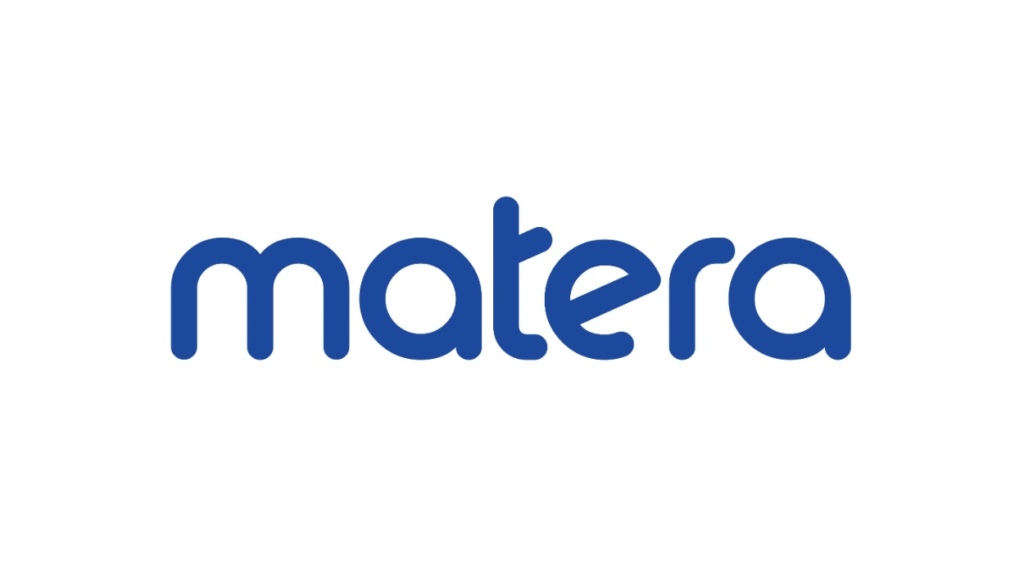QR Code Payments: An Offensive Strategy for Instant Payments


$13M is what it cost Coinbase to crash their website during the 2022 Super Bowl. Their ad, featuring a bouncing QR code that redirected people to their website, was scanned by over 20M people causing their website to go down.
Perhaps most surprising is that nearly 1 in 5 people watching the Super Bowl scanned that QR code.
QR codes in the U.S. have come a long way since the 2012 creation of “WTF QR Codes,” a Twitter account that celebrated the “ridiculousness that is QR codes.” Thanks to COVID, U.S. consumers
have become far more comfortable using QR codes as over half of restaurants have switched to QR code menus.
But QR codes have much greater capability than redirecting to static information. QR codes are poised to transform the instant payments landscape in the U.S. in much the same way magnetic stripe, chip or tap changed the use of card payments.
In other countries like Brazil (Pix), India (Paytm) and Asia (WeChat), QR codes are the predominant way consumers pay instantly for products in-store, online and even for recurring services like
utilities.
QR codes are being used in the U.S. on a limited basis to initiate credit, debit, PayPal/Venmo and bank account payments between consumers and merchants.
Instant payments initiated by scanning QR codes from a bank’s mobile app are next.
Financial institutions who offer QR codes that support instant payments unlock tremendous value for commercial clients by lowering payment processing costs and providing their client’s customers a streamlined mobile payment experience. These commercial clients also get paid faster. While instant payments make up a small percent of U.S. payments today, the Federal Reserve launches their instant payments scheme FedNowSM in mid-2023, and 60% of debit accounts are already enabled to receive instant payments via RTP®.
Banks and credit unions weary of being disintermediated by fintechs and hungry to monetize instant payments can get a head start by offering QR code payments in closed- loop environments.
By Matera